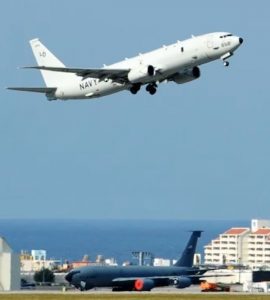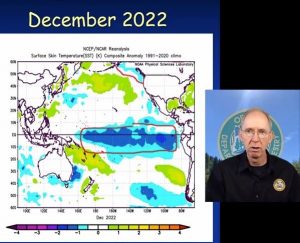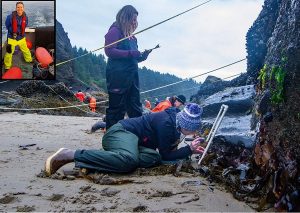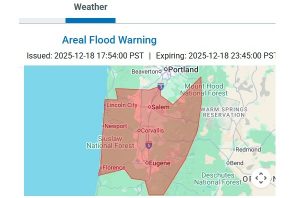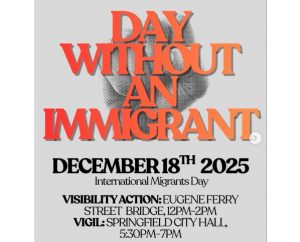World’s largest international maritime exercise shows how to scale operations
3 min read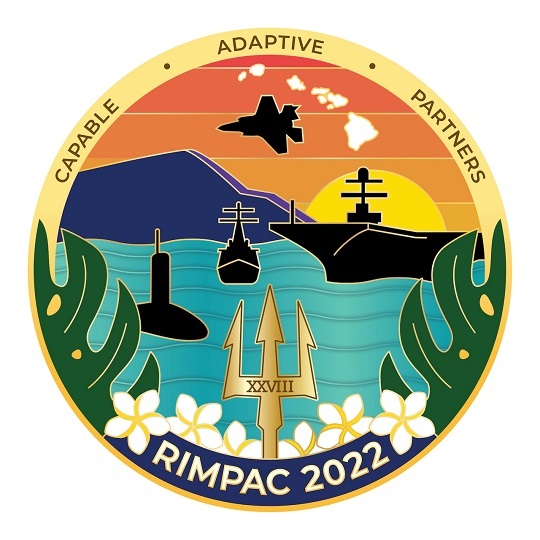
As neighborhood preparedness teams move from small-scale drills and tabletop discussion exercises to ever-larger metro-scale field exercises, they received encouragement this week:
Yes, it is possible to coordinate operations at a very large scale.
The U.S. Navy announced that Rim Of The Pacific (RIMPAC) 2022 started June 29. RIMPAC is the world’s largest international maritime exercise.
by U.S. Navy
Twenty-six nations, 38 surface ships, four submarines, nine national land forces, more than 30 unmanned systems, approximately 170 aircraft and more than 25,000 personnel will train and operate in and around the Hawaiian Islands and Southern California through Aug. 4.
Following the theme of Capable Adaptive Partners, RIMPAC forces will exercise a wide range of capabilities, projecting the inherent flexibility of maritime forces and helping to promote a free and open Indo-Pacific.
RIMPAC 2022 Commander, Vice Admiral Michael Boyle, welcomed participants during a kick-off gathering of leaders from across the RIMPAC force.
“By coming together as Capable, Adaptive Partners, and in the scale that we are, we are making a statement about our commitment to work together, to foster and sustain those relationships that are critical to ensuring the safety of the sea lanes and the security of the world’s interconnected oceans,” said Boyle. “This is also how we find the areas where our national objectives overlap, where we can practice the procedures that will help to enable our interchangeability –the nexus of national will and interoperability.”
Royal Canadian Navy Rear Adm. Christopher Robinson will serve as deputy commander of the CTF, Japan Maritime Self-Defense Force Rear Adm. Toshiyuki Hirata as the vice commander, and Fleet Marine Force will be led by U.S. Marine Corps Brig. Gen. Joseph Clearfield.
Other key leaders of the multinational force will include Commodore Paul O’Grady of the Royal Australian Navy, who will command the maritime component, and Brig. Gen. Mark Goulden of the Royal Canadian Air Force, who will command the air component.
For the first time, the Republic of Korea Rear Adm. Sangmin An will serve as the Commander of Combined Task Force (CTF) 176, RIMPAC’s amphibious task force.
Republic of Singapore Navy Col. Kwan Hon Chuong will serve as the Sea Combat Commander for CTF 176, and Royal Australian Navy Capt. Michael Osborn CSM will serve as the Sea Logistics Commander, CTF 173.
This marks the first time the newly commissioned Royal Australian Navy Supply Class Auxiliary Oiler Replenishment ship HMAS Supply will participate in an international exercise, carrying-out replenishments at seas with participating navies.
This year’s exercise program will include gunnery, missile, anti-submarine and air defense exercises, as well as amphibious, counter-piracy, mine clearance, explosive ordnance disposal, diving and salvage operations.
Additionally, the exercise will also introduce space and cyber operations for all partner nations.
“It’s great to see the exercise return to the scale that we have seen in previous years, enabling the combined forces of our 26 partner and allied nations to work together and learn from each other,” said RIMPAC CTF Deputy Commander Rear Adm. Christopher Robinson of the Royal Canadian Navy.
“We are each maritime nations and we rely on each other to help keep our sea lanes free and open. “RIMPAC provides us with the opportunity to grow and refine our individual and combined abilities, and our joint capacity to contribute to security in the Indo-Pacific region. This helps us all.”
Enabling interoperability and interchangeability among independent cooperating teams is also the goal of neighborhood preparedness teams in Eugene and Springfield.
To learn more, see your neighborhood association, the Eugene Springfield Community Emergency Response Team (CERT) program, and free training through the FEMA Emergency Management Institute.
